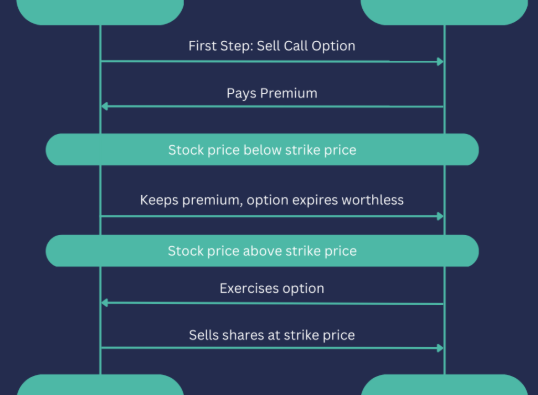
Investing in income-generating assets such as dividend-paying stocks and bonds is a common strategy for building wealth. However, when assessing the performance of these investments, it is essential to look beyond just the income they produce. The total return, which includes both income and capital appreciation, provides a more complete picture of how well an investment is performing.
In this blog, we’ll explore the concept of total return, provide some practical examples, and explain why it is critical for growing wealth over time.
What Is Total Return?
Total return is a comprehensive metric that measures an investment’s overall performance. It includes both capital gains (or losses) from changes in the price of the asset and income generated from dividends, interest, or other forms of cash flow. By considering both of these factors, total return gives a clearer picture of how much wealth an investor has gained or lost over a specific period.
This approach is particularly useful because it accounts for all sources of return, not just the income generated. As a result, total return is often regarded as the most accurate measure of an investment’s overall performance.
How to Calculate Total Return
Let’s break down how total return works with some simple examples. These scenarios will help illustrate the mechanics of total return and show how it reflects wealth accumulation in different investment contexts.
Example 1: Income Return
In this case, we’ll calculate the income return from an investment that produces regular dividends.
- An investor buys $1,000 worth of Stock A.
- Stock A pays a dividend of $20 every six months.
- The income return for one year is 4%, calculated by dividing the $40 in total dividends by the $1,000 purchase price.
Example 2: Total Return After Asset Depreciation
Here, we’ll explore how total return accounts for both income and a decrease in asset value.
- An investor buys $1,000 worth of Stock B.
- Stock B pays a $20 dividend every six months.
- After one year, the price of Stock B drops to $800.
- The total return for the year is -16%, calculated by subtracting the $200 depreciation from the $40 dividend and then dividing by the original purchase price.
Example 3: Total Return After Asset Appreciation
In this example, we’ll see how the total return reflects both income and an increase in asset value.
- An investor buys $1,000 worth of Stock C.
- Stock C pays a $10 dividend every six months.
- After one year, the price of Stock C rises to $1,200.
- The total return for the year is 22%, calculated by adding the $20 dividend to the $200 capital appreciation and dividing by the original purchase price.
Why Total Return Is the Most Effective Way to Grow Wealth
The third example shows that although Stock C produced the smallest income relative to the other two stocks, it still resulted in the greatest wealth increase. Even though Stock C only paid $20 in dividends, the 20% capital appreciation boosted the investor’s wealth significantly. In this case, the investor could sell a portion of their shares to generate extra cash flow, all while still retaining the majority of the capital invested.
This is the essence of total return investing: focusing on the overall return an investment provides, rather than exclusively on income generation or growth. Both income and growth are essential components in growing long-term wealth.
Common Misunderstandings About Total Return
Despite its advantages, total return can sometimes be misunderstood. Here are a few common misconceptions:
- “Higher dividends always mean a better investment.”
While high dividends may seem appealing, if a company is paying out too much in dividends, it might be sacrificing its ability to reinvest in growth. This could limit long-term gains and even harm the company’s financial stability. - “Selling investments for cash flow is bad.”
Many investors shy away from selling assets, believing it’s better to only rely on dividends or interest for cash flow. However, a well-structured total return strategy allows for the same cash flow, while maintaining the potential for long-term growth through strategic withdrawals. - “Total return doesn’t matter if I just want income.”
Even if you’re focused on generating income, it’s essential to consider total return. A stock that offers a 5% dividend but loses 10% in value may leave you worse off than one that has lower dividends but greater appreciation. Understanding the full return potential is key to achieving lasting financial success.
Tailoring Your Portfolio to Your Financial Goals
Total return is a powerful tool for evaluating investment performance, but the right approach depends on your specific financial objectives, risk appetite, and need for income. Whether your focus is on long-term growth, consistent income, or a combination of both, building a portfolio that aligns with your goals will keep you on track to meet your financial targets.









